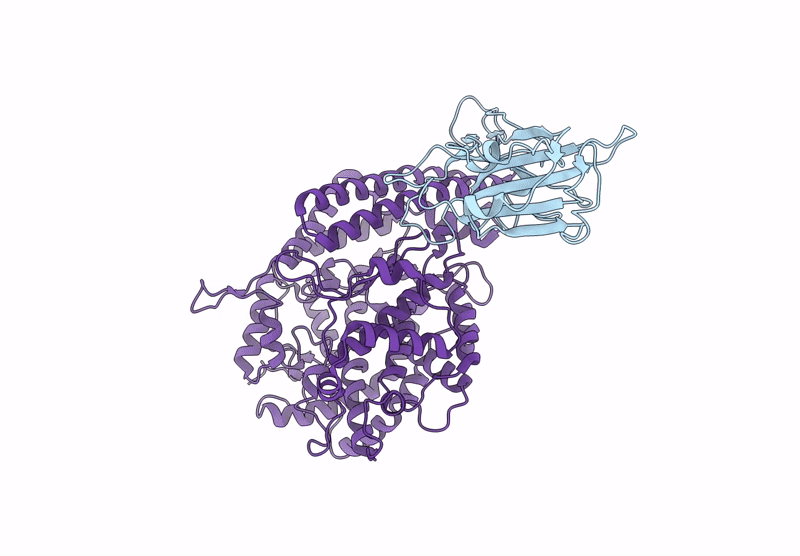
Deposition Date
2024-04-06
Release Date
2025-01-22
Last Version Date
2025-07-23
Entry Detail
Biological Source:
Source Organism:
Severe acute respiratory syndrome coronavirus 2 (Taxon ID: 2697049)
Enterobacteria phage T4 (Taxon ID: 10665)
synthetic construct (Taxon ID: 32630)
Homo sapiens (Taxon ID: 9606)
Enterobacteria phage T4 (Taxon ID: 10665)
synthetic construct (Taxon ID: 32630)
Homo sapiens (Taxon ID: 9606)
Host Organism:
Method Details:
Experimental Method:
Resolution:
3.07 Å
Aggregation State:
PARTICLE
Reconstruction Method:
SINGLE PARTICLE


